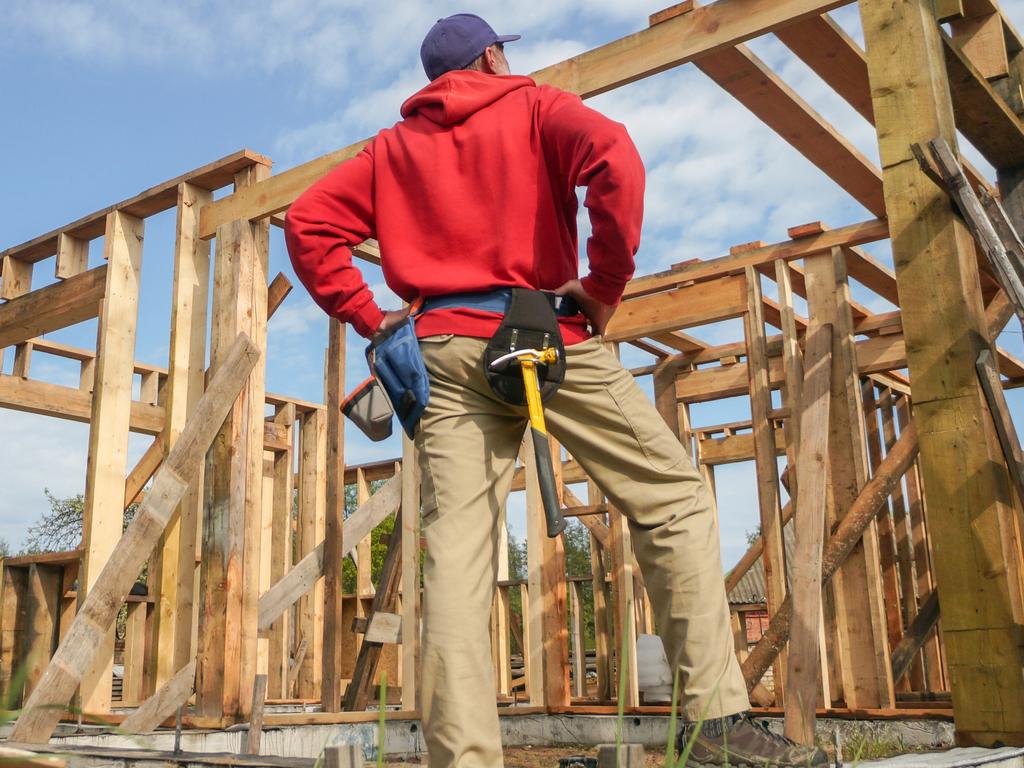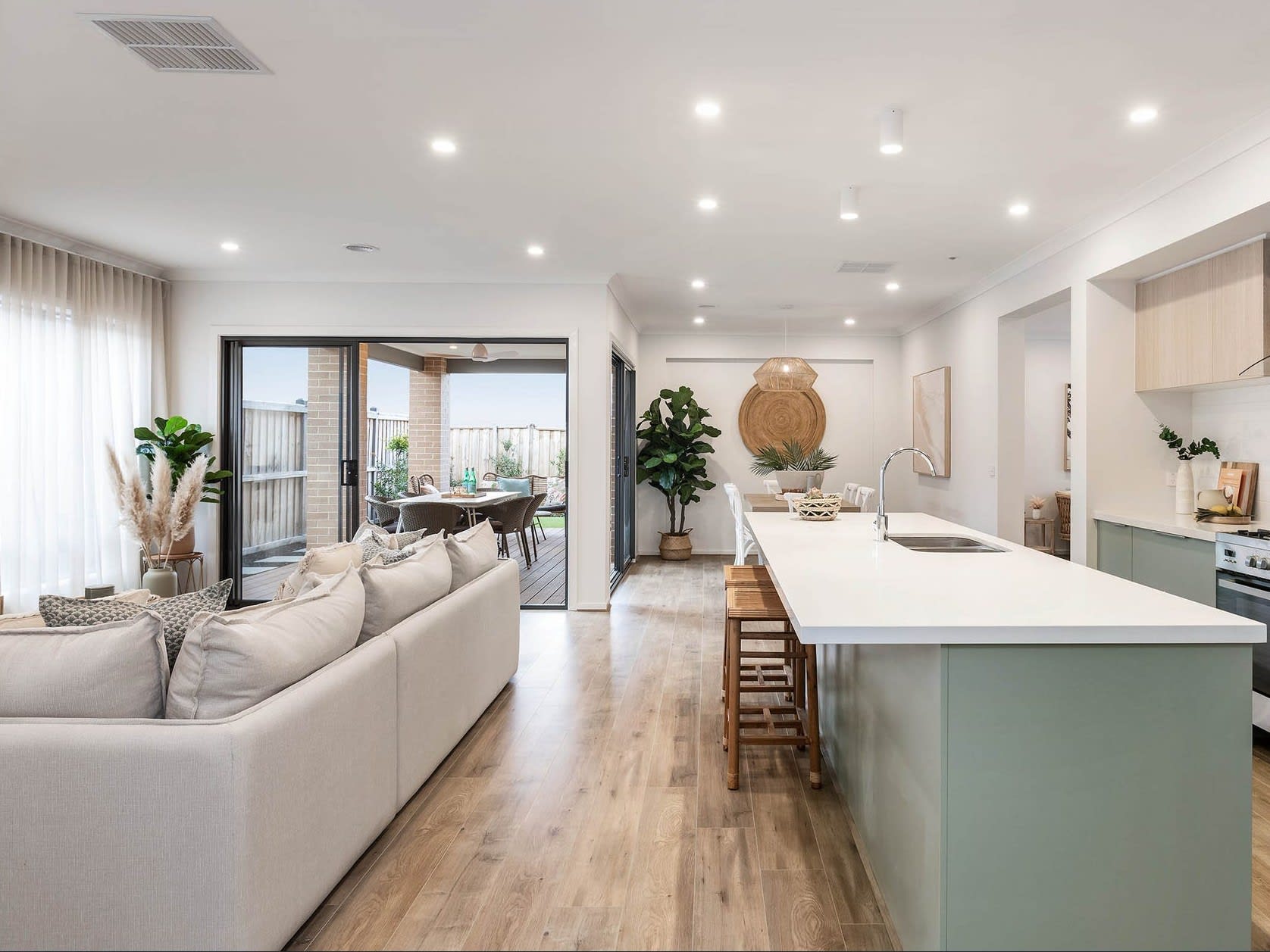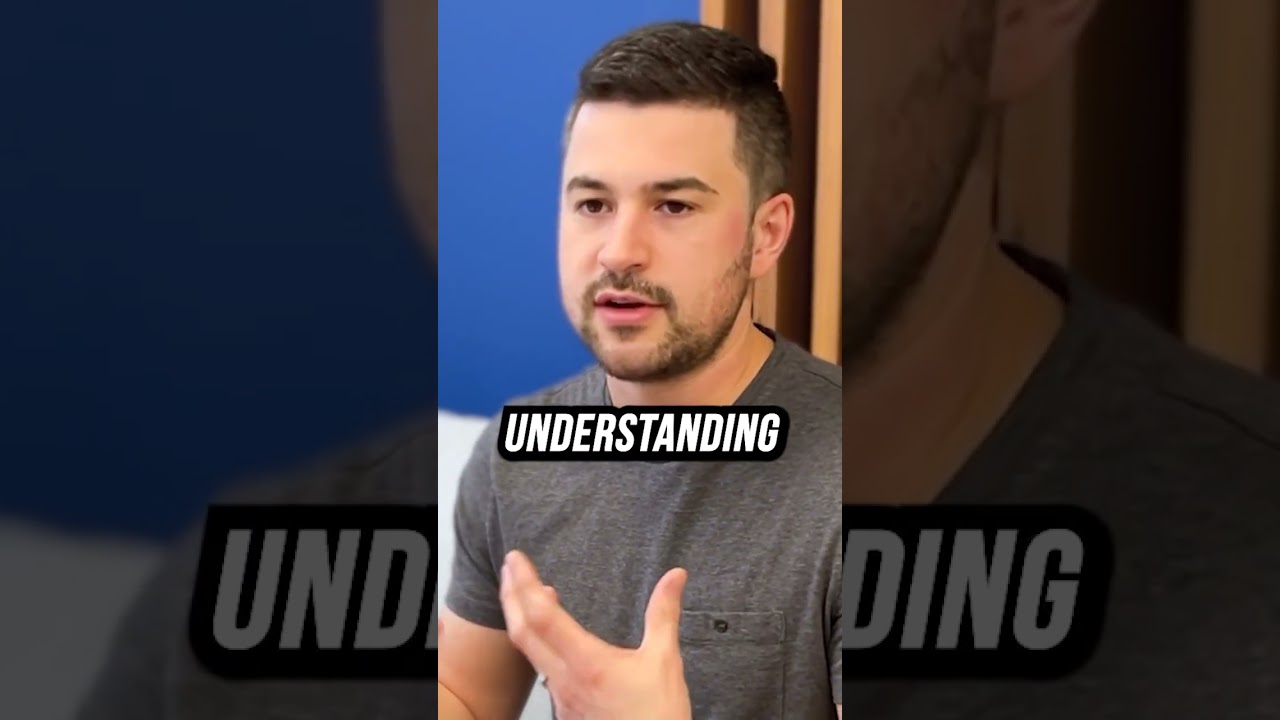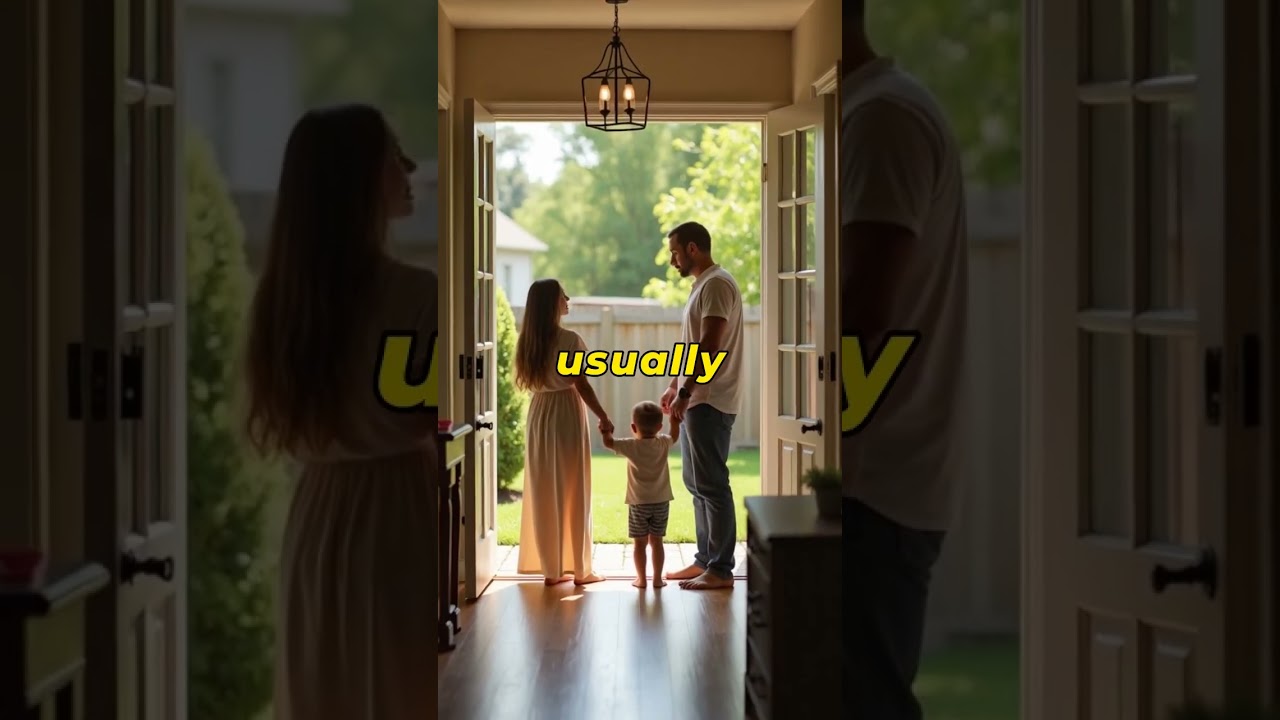
Aussie builders are facing a growing challenge as the number of homes being approved for construction falls well below levels needed to reach a 1.2 million residence target needed to end the housing crisis.
A key Albanese government housing crisis policy is facing significant headwinds after a “worrying” drop in building approvals across Australia late last year.
Latest Australian Bureau of Statistics November figures show the country had an almost 160 home (1.7 per cent) net decline in new houses getting the nod by planners nationwide, while the number of units fell by 560 (3.6 per cent).
Across all homes it equates to a 3.6 per cent decline, with fewer than 15,000 homes given the nod in November — about 6000 short of where experts believe they need to be to have an impact on the nation’s housing crisis.
RELATED: Tradies needed: Hunt is on to find 83,000 workers to reach 2029 housing goal
ASIC records 3000+ construction sector insolvencies in 2024, could your builder be next?
Revealed: 10 surprise places to invest in property in 2025
For the 12 months to the end of spring in 2024 the ABS data shows 164,749 homes were approved for construction – about 75,000 short of the 240,000 new homes needed to be built each year to reach the National Housing Accord’s 1.2 million new homes goal by mid-2029.
The drops were largely caused by more pronounced falls in NSW, where total new home approvals fell 9.9 per cent, and in Victoria where the number of new residences being green-lit for construction declined 12.9 per cent. South Australia also lost ground, with a 1.6 per cent decline.
Numbers increased in Queensland, up by 7.3 per cent, and Western Australia, 18.1 per cent.
BIS Oxford Economics head of property and building forecasting Timothy Hibbert said the figures were “well below the implied target” monthly and annually.
Building new homes is a key part of the way the Albanese government has proposed to tackle the nation’s housing crisis. Picture: NewsWire/Flavio Brancaleone
“The state of play is that 2024 will be up about 4 per cent on 2023, so there’s a little bit of momentum, but nowhere near what you need to balance the housing market in quick order,” Mr Hibbert said.
While the economist noted there was usually volatility in the monthly changes, to have house approvals down two months in a row was particularly concerning as it could be a sign demand for new builds in that sector had “topped out”.
“That’s the worrying part for me, if we are seeing houses losing momentum,” Mr Hibbert said.
“Ultimately Australia is a very much driven by detached housing supply, so that ultimately makes it somewhat problematic.”
Unit approvals are more promising in some ways, but remain well below the levels needed.
While unit approvals were showing broader signs of improvement, he said both needed to lift to reach the government targets.
“And by and large we expect similar recurrence in 2025, so it will be 2026 before we see more substantial growth — once interest rates come through to provide a major catalyst,” he said.
Housing Industry Association senior economist Matt King said the increase year on year showed “signs of life” for building approvals.
Mr King said the overall rise for the past year likely reflecting the stability created by no new interest rate rises in the same 12 months as the approvals data covered.
However, he noted that the improvement was not sufficient to have any material impact on housing affordability for ordinary Australians.
“As we start to see supply pick up, then we will start to see gains in affordability — but the reality is that we need five years of strong supply to see the necessary improvements in housing affordability,” Mr King said.
The economist added that if there were an upswing in activity in 2025, the size of it would be influenced by government policies — particularly those that addressed inefficiency, red tape, land supply and taxation of new housing.
Federally, he said the Labour government needed to use the next few months leading into the election to strive for bold reforms in these areas across state and federal governments.
Sign up to the Herald Sun Weekly Real Estate Update. Click here to get the latest Victorian property market news delivered direct to your inbox.
MORE: Nursing, IT, creative arts: careers that can kill or save home dream in 2025 revealed
Australian home investing: New landlords to lose $23k+ in 12 months in two major cities
Experts make 2025 interest rates predictions – including one earth-shattering call






